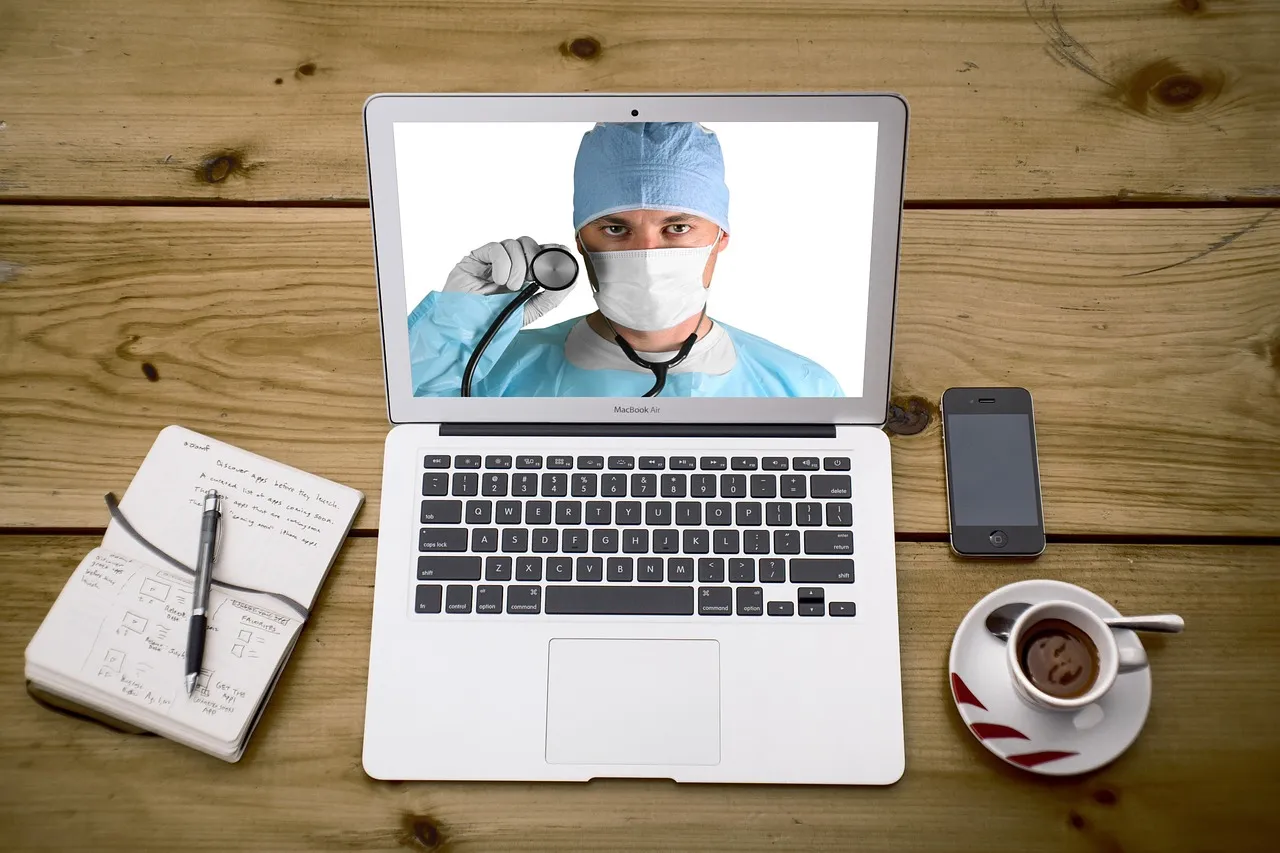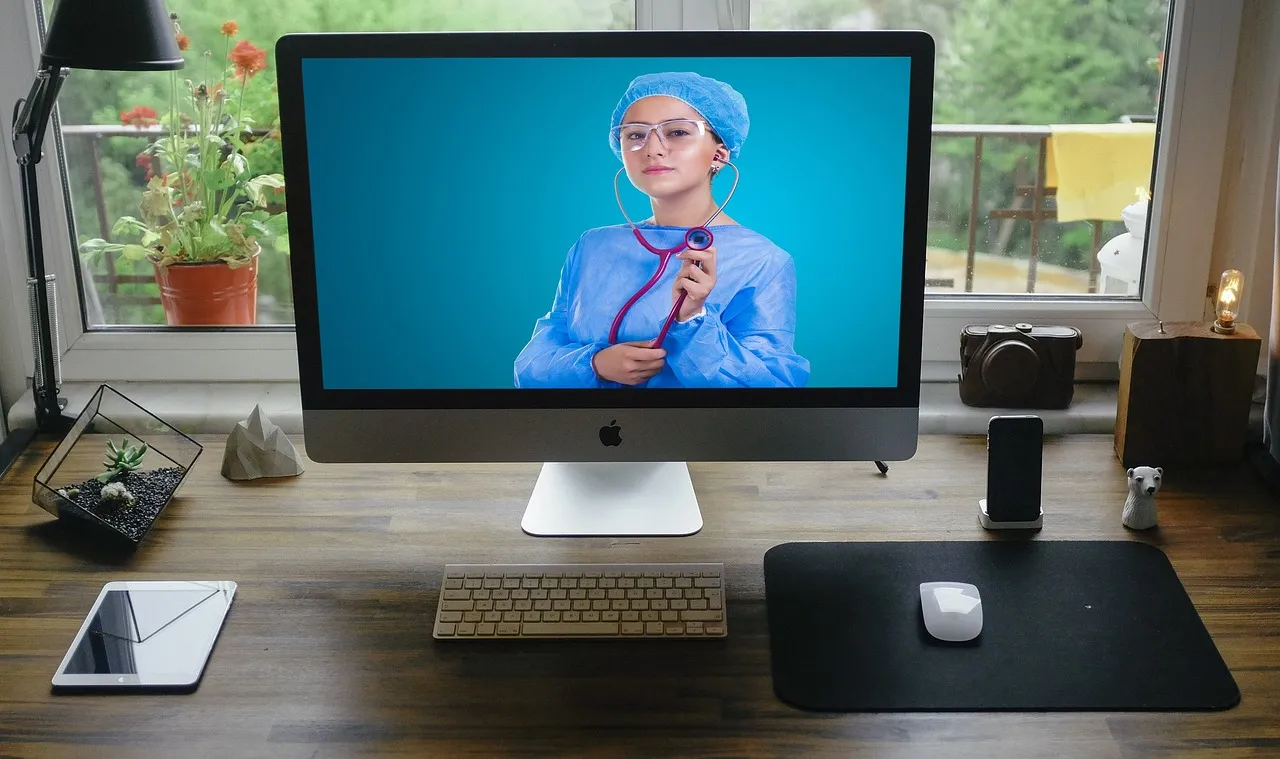In our fast-paced, digital world, where information and services are at our fingertips, healthcare is also evolving. One significant transformation is the rise of telemedicine, which uses technology to provide medical care and consultation remotely. In this article, we'll explore how telemedicine is changing healthcare by offering real-life examples, and also discuss some potential disadvantages.

Telemedicine in Action:
Telemedicine utilizes various technologies such as video calls, phone calls, and secure messaging platforms to connect patients with healthcare providers. Here are some real-world instances showcasing the impact of telemedicine:
1. Remote Consultations:
Imagine you're not feeling well, but instead of traveling to the doctor's office, you schedule a video call. Your doctor can see and hear you, ask questions, and provide guidance, all from the comfort of your home.
2. Specialist Access:
In rural areas where specialists may be scarce, telemedicine can bring expert consultations to patients. For instance, a dermatologist in a city can diagnose skin conditions remotely, saving patients long journeys.
3. Emergency Care:
Telemedicine can be a lifeline in emergencies. Paramedics equipped with telemedicine tools can transmit real-time patient data to doctors, enabling quick decision-making during critical situations.

Advantages of Telemedicine:
1. Accessibility:
Telemedicine makes healthcare available in places where getting to a doctor's office or hospital is tough. Think about people who live far away from medical centers or in rural areas. For them, telemedicine connects them to doctors and specialists through the internet or phone, which means they can get medical help even if they're far from a hospital.
2. Convenience:
Imagine you're feeling sick. Instead of traveling a long way to see a doctor, you can just use your computer or phone for a video call. This is super convenient because you don't have to leave your home, spend time on the road, or pay for gas or bus tickets. It saves both time and money.
3. Timeliness:
When someone has a health problem, getting quick help can be crucial, especially in emergencies. Telemedicine helps with this because you can connect with a healthcare provider almost instantly. They can assess your situation and provide advice or treatment recommendations right away.
4. Reduced Costs:
Going to a doctor's office or the hospital can be expensive. There's the cost of the visit itself, plus any travel expenses. With telemedicine, you skip all that. You don't need to pay for transportation, and sometimes, the telemedicine appointment is more affordable than an in-person one. This means you can get the care you need without emptying your wallet.
In a nutshell, telemedicine brings healthcare closer to people, making it easier, faster, and often cheaper to get the medical help you need, regardless of where you live or how far you are from a healthcare facility.
Disadvantages of Telemedicine:
Telemedicine offers many benefits as I have shared, but it's important to be aware of its disadvantages:
1. Limited Physical Examination:
One significant drawback is that certain medical conditions demand a hands-on examination by a healthcare professional. Telemedicine can't entirely replace the need for a physical touch or in-person tests, which may limit its effectiveness for some conditions.
2. Technical Challenges:
Another challenge is that not everyone has access to high-speed internet or the required technology. This digital divide can create inequalities in healthcare access, leaving some individuals unable to benefit from telemedicine services.
3. Security and Privacy Concerns:
Transmitting medical information electronically can raise concerns about the security and privacy of sensitive patient data. Ensuring that these digital interactions remain confidential and protected from cyber threats is crucial.
4. Licensing and Regulation Complexity:
Telemedicine often involves healthcare providers and patients who are located in different states or even different countries. This can lead to legal and regulatory complexities as healthcare laws and regulations vary across regions. Navigating these complexities can be challenging for both healthcare professionals and patients seeking telemedicine services.
While telemedicine holds promise for improving healthcare accessibility and convenience, it's important for us to consider these disadvantages and work towards addressing them to ensure that telemedicine is a viable and a safe option for all.

Conclusion:
So in short, telemedicine is changing how we get medical help, making it easier and more handy for lots of people. But we need to be careful and find the right balance. We should see the good things about telemedicine while also dealing with the problems, like keeping our private information safe, making sure everyone can use it (even if they don't have fancy gadgets), and making sure the care we get is still really good. In a world where everything is connected, telemedicine is probably going to stay an important part of how we get healthcare.